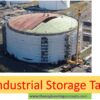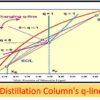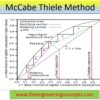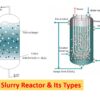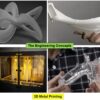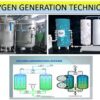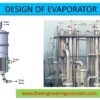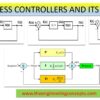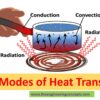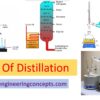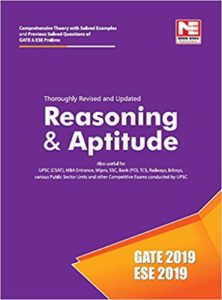REBOILERS
Reboilers are used to generate a flux of vapor to feed to a distillation tower; the vapor rises up the tower contacting a downwards-flowing liquid stream. A whole variety of forms of reboiler have been used in practice, some of which are described briefly below. General reviews of the forms and design of reboilers are given by McKee (1970), by Ploughman (1983) and by Whalley and Hewitt (1983).
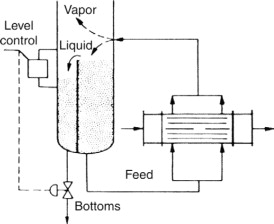
Figure : Thermosyphon Reboiler
Internal Reboilers
The simplest approach is to mount the reboiler in the distillation tower itself . Here, boiling takes place in the pool of liquid at the bottom of the tower, the heating fluid being inside the bundle of tubes . The major problem with internal reboilers is the limitation imposed by the size of the distillation column. This limits the size of the reboiler. Another problem sometimes encountered is that of mounting the bundle satisfactorily into the column. The problem of size restriction can be overcome if compact heat exchangers are used. Thus, Plate-Fin Exchangers are used commonly as internal reboilers in the distillation towers of air separation plant. Another form of compact heat exchanger which has been used for this type of duty is the printed circuit heat exchanger which has an even higher heat transfer surface area per unit volume.
Kettle Reboilers
Liquid flows from the column into a shell in which there is a horizontal tube bundle, boiling taking place from the outside this bundle. The vapor passes back to the column as shown. Kettle reboilers are widely used in the petroleum and chemical industries; their main problems are that of ensuring proper disentrainment of liquid from the outgoing vapor and the problem of the collection of scale and other solid materials in the tube bundle region over long periods of operation.
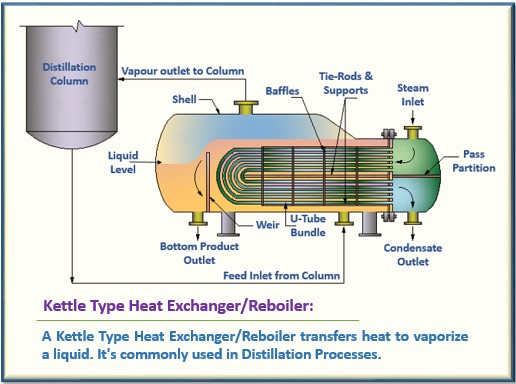
Vertical Thermosyphon Reboiler
The liquid passes from the bottom of the tower into the reboiler, with the evaporation taking place inside the tubes. The two-phase mixture is discharged back into the tower, where the liquid settles back to the liquid pool and the vapor passes up the tower as shown. The heating fluid (typically condensing steam) is on the outside of the tubes. The vertical thermosyphon reboiler is less susceptible to fouling problems and in general has higher heat transfer coefficients than does the kettle reboiler. However, additional height is required in order to mount the reboiler.
Horizontal Thermosyphon Reboiler
Here, the liquid from the column passes in cross flow over a tube bundle and the liquid-vapor mixture is returned to the column. The heating fluid is inside the tubes. This design has the advantage of preserving the natural circulation concept while allowing a lower headroom than the vertical thermosyphon type.
Read More : Thermosyphon Reboiler
However, there are more uncertainties about fouling and about the prediction of the crossflow heat transfer rates.
Notes:
- The outlet temperature of the reboiler is Very critical because it generates boiling points of the whole mixture, so the operators and control room operator must control and record any changes in the duty of the reboiler even if it’s not a big change.
- Content Source:
- https://en.wikipedia.org
Image Source
Also Read:
- Thermodynamic Cycle
- Fluid Coking
- Types of Control System
- What is Thermowell ? Types of Thermowell
- Factors Affecting The Operation Of Distillation Column
- Pump Selection Criteria Piping and Instrumentation Diagram – P&ID
- How to choose betwwen PLC and DCS systems for process industries ?
- Cement Manufacturing Process
- Vinyl Chloride from Ethylene
- Cooling Tower
- Psychrometric Chart
- What is Boiler ?
- Venturi Flow Meter
- Pitot Tube
- Coriolis Mass Flow Meter
- RECIPROCATING PUMP
- Design of Centrifugal Pump
- Valve & Its Types







